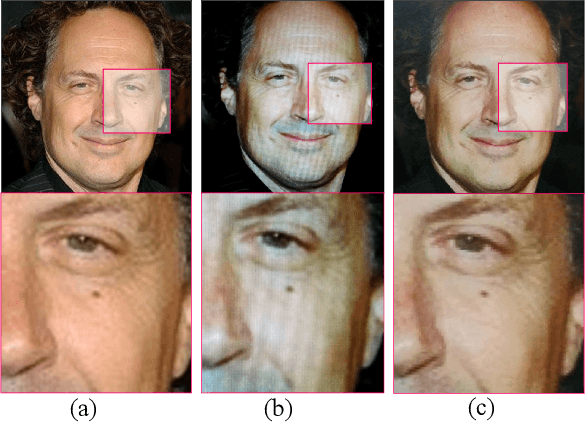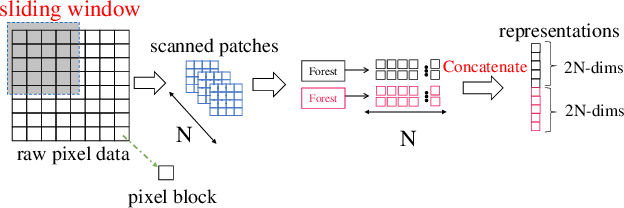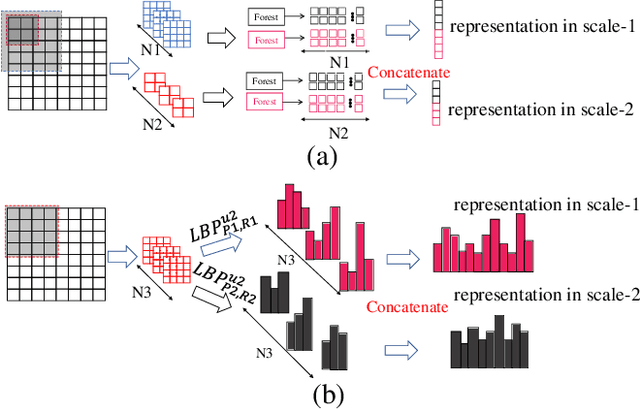Learning deep forest with multi-scale Local Binary Pattern features for face anti-spoofing
Paper and Code
Oct 09, 2019



Face Anti-Spoofing (FAS) is significant for the security of face recognition systems. Convolutional Neural Networks (CNNs) have been introduced to the field of the FAS and have achieved competitive performance. However, CNN-based methods are vulnerable to the adversarial attack. Attackers could generate adversarial-spoofing examples to circumvent a CNN-based face liveness detector. Studies about the transferability of the adversarial attack reveal that utilizing handcrafted feature-based methods could improve security in a system-level. Therefore, handcrafted feature-based methods are worth our exploration. In this paper, we introduce the deep forest, which is proposed as an alternative towards CNNs by Zhou et al., in the problem of the FAS. To the best of our knowledge, this is the first attempt at exploiting the deep forest in the problem of FAS. Moreover, we propose to re-devise the representation constructing by using LBP descriptors rather than the Grained-Scanning Mechanism in the original scheme. Our method achieves competitive results. On the benchmark database IDIAP REPLAY-ATTACK, 0\% Equal Error Rate (EER) is achieved. This work provides a competitive option in a fusing scheme for improving system-level security and offers important ideas to those who want to explore methods besides CNNs.
 Add to Chrome
Add to Chrome Add to Firefox
Add to Firefox Add to Edge
Add to Edge